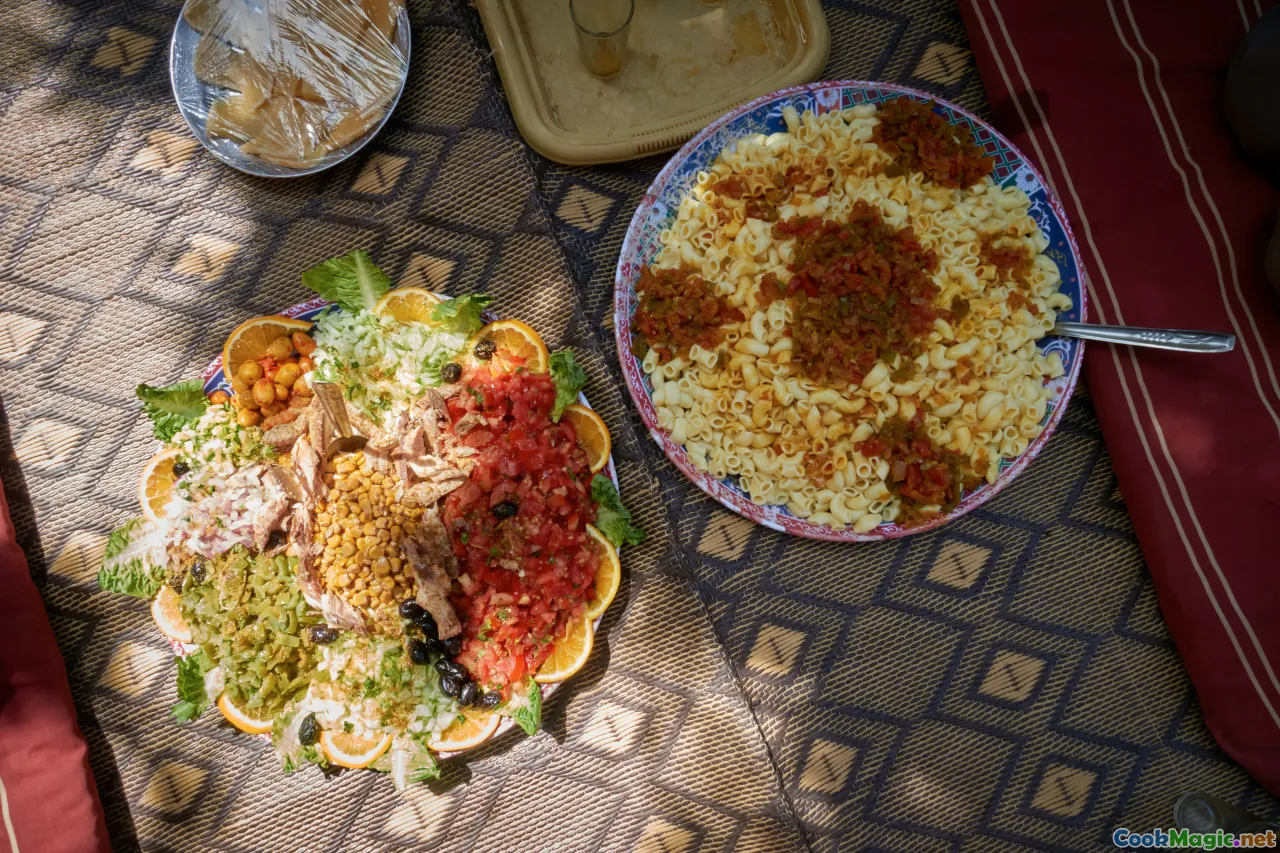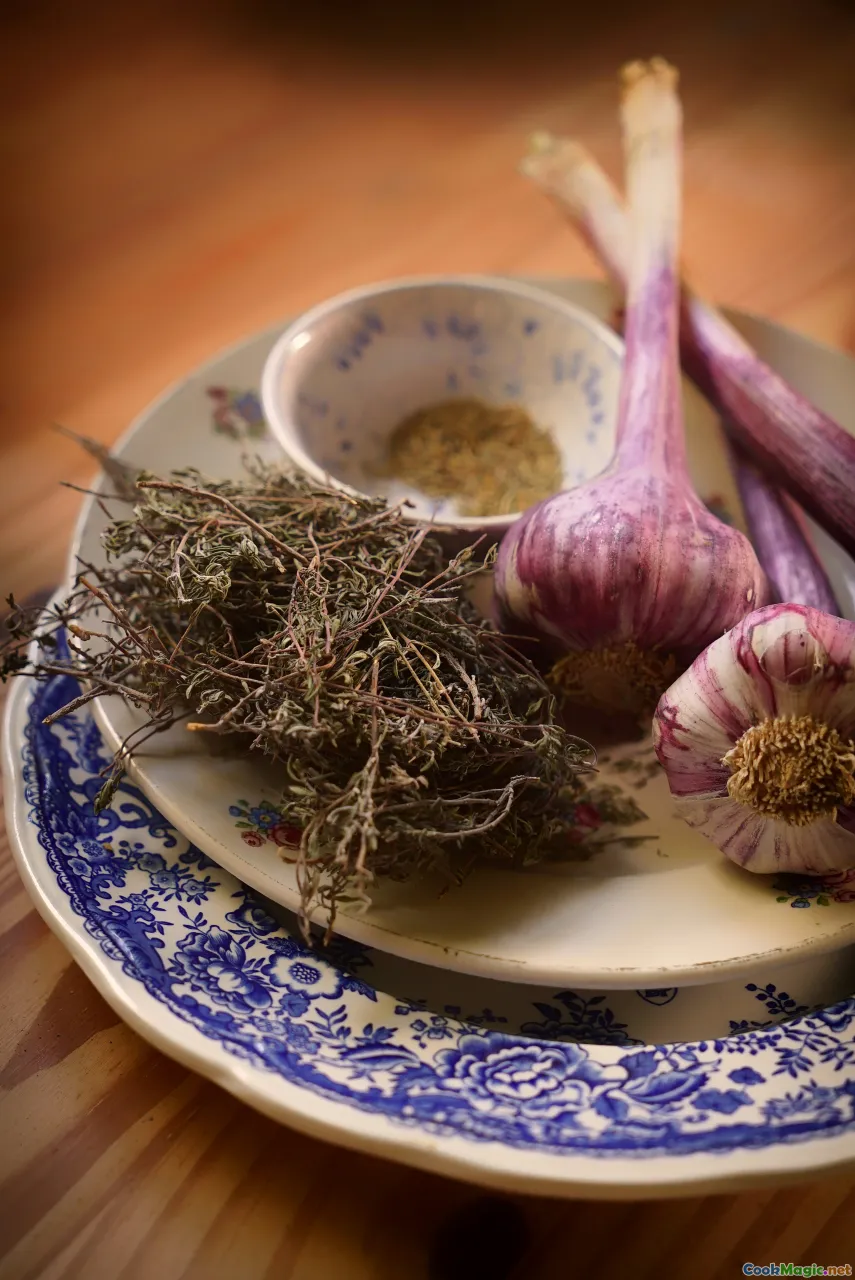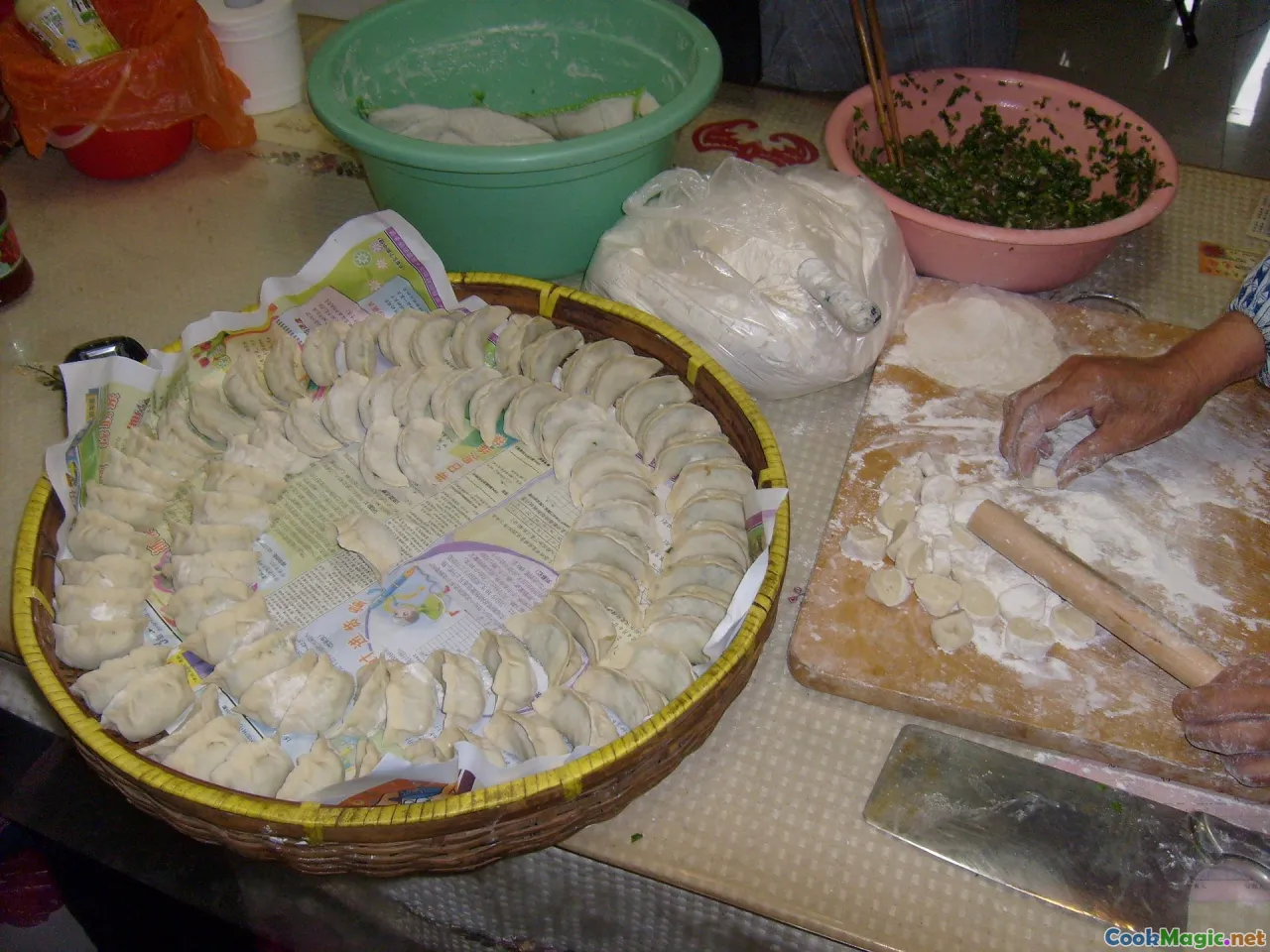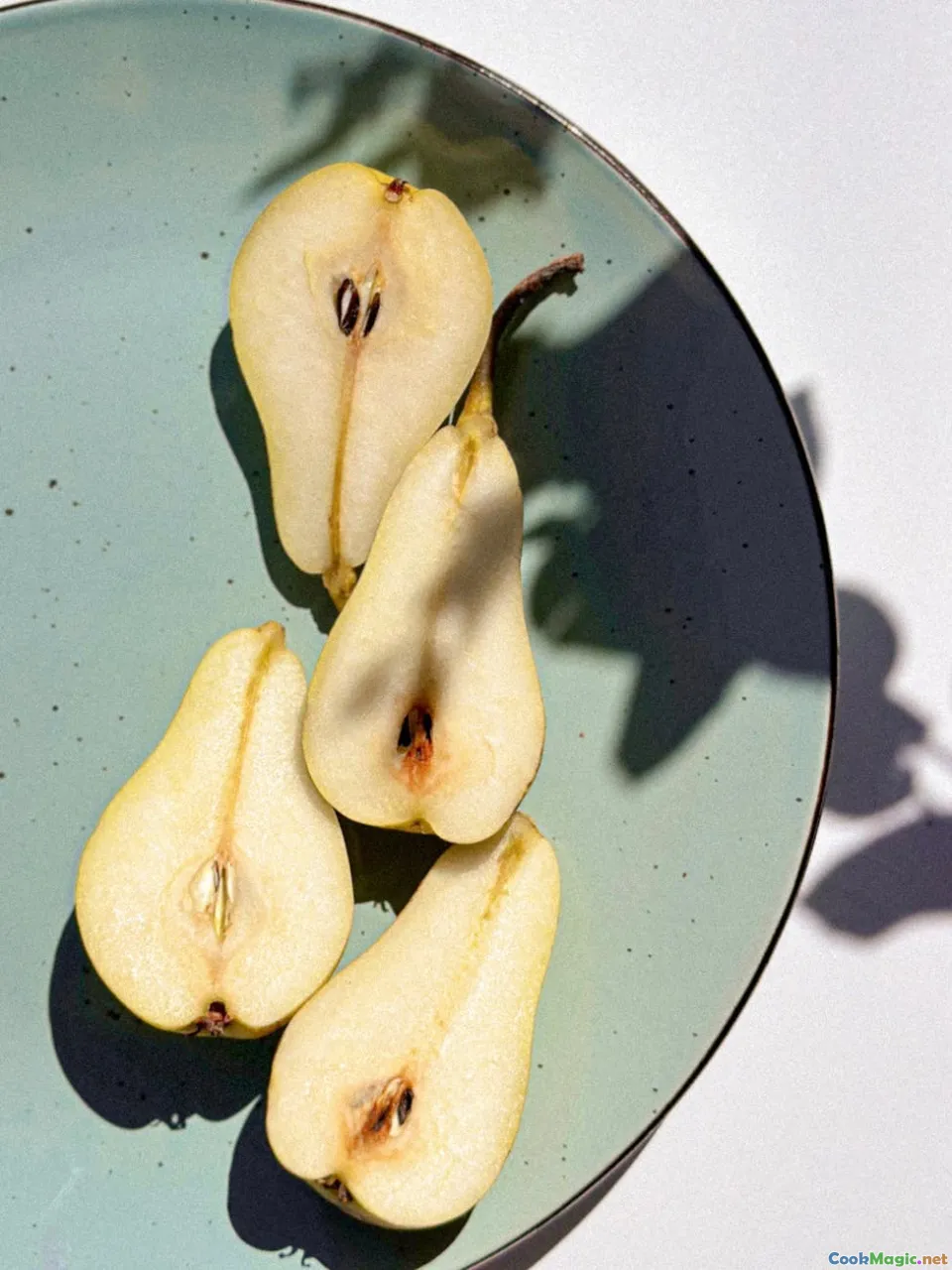Afghan Ashak Dumplings Guide for Beginners
12 min read Discover a beginner's guide to making authentic Afghan Ashak dumplings, including traditional techniques and flavors. July 08, 2025 21:05
Afghan Ashak Dumplings Guide for Beginners
Imagine a steaming bowl of ashak, with delicate, translucent wrappers cradling a fragrant mixture of seasoned fillings, topped lavishly with a tangy tomato-based meat sauce drizzled in a fiery-red hue, sprinkled generously with fresh garlic and a cooling yogurt drizzle—each bite a harmony of textures and flavors that echo centuries of Afghan culinary tradition. This beloved dish, often heralded as the Queen of Afghan street food and family gatherings, embodies more than just humble ingredients; it’s a celebration of history, culture, and community.
Whether you have Afghan roots or simply are captivated by the allure of Middle Eastern and Central Asian cuisine, mastering ashak is a rewarding journey into the heart of Afghanistan’s rich gastronomic tapestry. As a passionate culinary writer and avid lover of Afghan food, I’ve tasted ashak in bustling Kabul markets, watched grandmothers meticulously assembling each dumpling in their sunlit kitchens, and recreated the magic in my own culinary space. Today, I’ll guide you through the secrets, techniques, and stories behind this iconic dish, so you can bring a slice of Afghan heritage to your table.
Understanding Ashak: A Cultural and Culinary Snapshot

Ashak is not just a dumpling—it's a symbol of Afghan resilience, hospitality, and artistry. The word 'ashak' (also sometimes called 'ashk') means 'piled' or 'hill,' referring to the way these delicately wrapped dumplings are often served piled high and garnished elaborately. Predominantly consumed in Afghanistan's kitchens and marketplaces, ashak is a staple during special occasions like weddings, Nowruz celebrations, or Friday family dinners. It embodies layers of history, from the Persian influence in the region to the centuries-old craftsmanship passed down through generations.
Traditionally, these dumplings are made with thin flour wrappers filled with a mixture of seasoned leeks or chives (sometimes spinach or herbs) that provide a subtle sweetness underscored by savory spices. The assembly is highly tactile, requiring patience, a steady hand, and a love for simple, wholesome ingredients. Top it off with a hearty meat sauce, a yogurt drizzle, and a sprinkle of dried mint—a ritual that heightens the senses and connects cooks and diners as part of a shared heritage.
The Ingredients and Their Significance

Creating authentic ashak begins with sourcing the right ingredients—each carrying cultural echoes and sensory stories:
- Flour and Water: The foundation of the wrapper, a simple dough that should be silky, elastic, and thin enough to reveal the filling inside.
- Leeks or Chives: The classic filling, offering a mild onion-scorched aroma when cooked, symbolizing comfort and coziness.
- Herbs (Spinach, Parsley, Cilantro): Sometimes added for freshness and vibrancy, embodying the garden bounty of Afghan valleys.
- Spices (Turmeric, Black Pepper, Cumin): Minimal yet essential, these flavors warm the dish without overpowering the subtle aromatics.
- Ground Meat (Lamb/Beef): Typically yolk-colored, enriching the sauce with depth and umami.
- Garlic and Yogurt: The bold flavors that add tang, creamy texture, and cooling contrast—a staple in Afghan cooking.
- Dried Mint and Sumac: For garnish, imparting zesty brightness and aroma.
Using fresh, high-quality ingredients turns an everyday dish into a celebration on a plate—each component shining in balance and harmony.
Step-by-Step: How to Make Afghan Ashak from Scratch

1. Preparing the Dough
- In a large mixing bowl, combine 2 cups of all-purpose flour with a pinch of salt.
- Gradually add about ¾ cup of water while kneading until the dough becomes smooth, elastic, and not sticky.
- Cover and let rest for at least 30 minutes—this relaxes the gluten and makes rolling easier.
2. Making the Filling
- Finely chop 2-3 bunches of leeks or chives (or a mix of herbs such as parsley and cilantro) until very fine.
- In a bowl, mix the chopped greens with ¼ cup of grated lamb or beef, season with salt, pepper, and a pinch of turmeric.
- Optional: add a tablespoon of cooked rice or bulgur for texture.
3. Shaping the Dumplings
- Divide the rested dough into small, golf-ball-sized portions.
- Roll each into a thin, nearly translucent circle, about 3-4 inches in diameter.
- Place a teaspoon of filling in the center.
- Fold the dough over the filling to form a half-moon, then pinch or pleat the edges tightly to seal.
- For extra authenticity, you can pinch the edges into a decorative pattern.
4. Cooking the Ashak
- Bring a large pot of salted water to a boil.
- Drop the assembled dumplings gently into the water.
- Let cook for about 4-6 minutes, or until they float and the wrapper appears tender.
- Remove with a slotted spoon and set aside.
5. Preparing the Meat Sauce
- In a skillet, sauté chopped garlic in oil until fragrant.
- Add ground meat, cook until browned.
- Stir in diced tomatoes, a pinch of turmeric, and cumin.
- Simmer until the sauce thickens.
- Season with salt and pepper to taste.
6. Assembling and Garnishing
- Plate the cooked ashak.
- Spoon the hot meat sauce over the dumplings.
- Garnish with a generous drizzle of yogurt, a sprinkle of dried mint, and a squeeze of lemon or lemon zest.
- Optional: add a pinch of sumac for extra tang.
This process might seem intricate at first, but each step is a labor of love that results in an impossibly delicate, fragrant dish.
Variations and Modern Twists

While traditional ashak is meat-based, modern cooks experiment with inventive fillings:
- Vegetarian Ashak: Swap meat for roasted mushrooms, lentils, or cheese.
- Herb-Forward Ashak: Amp up the herbs for a fresher, greener flavor profile.
- Gluten-Free Version: Use rice paper wrappers or thinly rolled gluten-free flours.
- Fusion Ideas: Incorporate spicy harissa or honey-drizzled nuts for a contemporary touch.
Thoughtfully adapted, ashak continues to honor its roots while embracing new palates.
Gathering Inspiration: Regional Variations and Personal Stories
In Kandahar, ashak is a hearty, family-favorite, often cooked with generous amounts of garlic and served with a side of fresh bread. In Herat, you might find a more herbaceous variety with ample cilantro and fenugreek, reflecting the region’s lush gardens. These nuances are more than mere recipes—they are living stories, passed along like treasured heirlooms.
When I visited a traditional Afghan kitchen in Kabul, I watched an elderly woman delicately fold each piece, her hands inspired by decades of tradition. She explained that making ashak is an act of love, a way to connect with ancestors and showcase hospitality. Each dumpling embodies patience, resilience, and a celebration of community. Sharing ashak at a table becomes a ceremony—an act of nourishment not only for the body but also for the soul.
Tips for Perfecting Your Ashak
- Rest your dough adequately; it’s the key to thin, tender wrappers.
- Use a pasta machine or rolling pin with a little flour to achieve super thin circles. Patience is essential.
- Keep your filling moist but not watery—excess moisture can cause tearing.
- Seal tightly to prevent the filling from leaking during boiling.
- Taste your sauce and adjust seasoning before serving to achieve that perfect umami that complements the delicate dumplings.
The Joy of Sharing Afghan Ashak
Cooking ashak is more than following a recipe; it’s about immersing yourself in a tradition that spans generations and borders. Each bite transports you to Afghan streets lined with aromatic spice stalls, families gathered around a steaming large platter overflowing with ashak, laughter echoing amidst the aroma of coriander and garlic.
My wish is that you approach this dish not just as a culinary challenge but as a doorway into understanding Afghan culture—its resilience, warmth, and artistry. As you perfect your technique and adapt your flavors, remember that every masterful fold echoes a story—a love letter to a land rich with history and hope.
Embark on this culinary voyage and bring a little of Afghanistan’s soul onto your dinner table. Let each dumpling be a testament to patience, tradition, and the universal language of food.
Happy cooking, and enjoy bringing this exquisite piece of Afghan heritage into your home!









